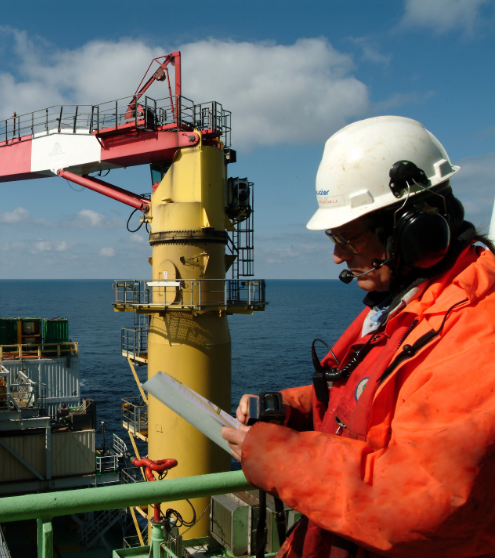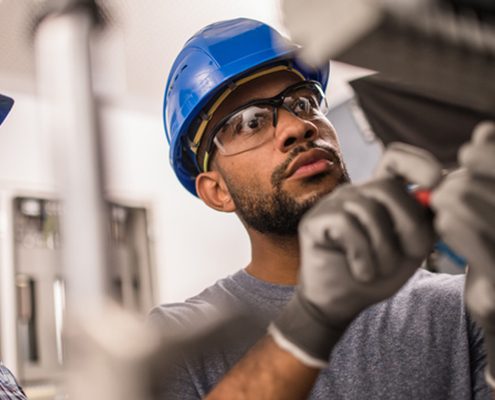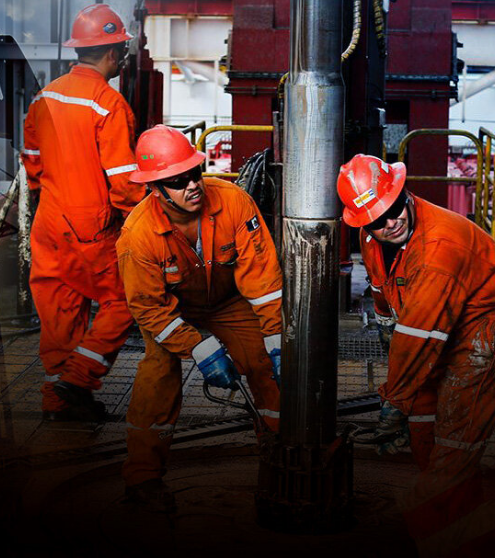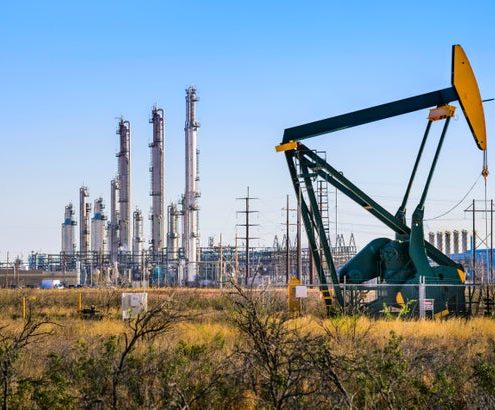What We Do
Our business is organized across 4 primary business units: Asset Management, Maintenance Engineering, Risk and Reliability Management, and Total Productive Maintenance.
We have a proven track record in the deployment of a range of proven Maintenance & Reliability Engineering techniques and innovative business solutions in major industries around the world.
We are forward thinking and monitor emerging technology, best practices and, legislation so that we are in an informed position to deliver innovative and pragmatic reliability based solutions to emerging Asset Management and Business Performance challenges.
Our services utilize an extensive toolkit of techniques and software tools, based on internationally recognized Reliability Engineering principles and standards. These techniques are configured into a structured improvement framework, in order to effectively target and optimize Reliability Availability & Maintainability performance throughout the equipment life cycle.
When additional specialist support and resources are required, our clients and frontline specialists can engage the backup services provided by our wider team of experienced Maintenance & Reliability Engineering specialists.

Asset Management
Physical asset management is the management of fixed or non-current assets such as equipment and plant. Physical Asset Management presents a systematic lifecycle approach to the management of these assets from concept to disposal.
To understand why physical asset management is important, you need to understand how the assets are used in the business and optimizing the assets to get the most out of them before they are retired. The process begins in the conceptual design phase. Equipment needs to be designed to meet reliability and maintainability requirements to achieve the lowest lifecycle costs. Inventory needs to be observed to ensure it doesn’t run its shelf life before being sold. Equipment needs to be maintained and serviced so it doesn’t cause downtime when it breaks.
Maintenance Engineering:
Maintenance can be defined as a combination of all technical, administrative, and managerial actions during the life cycle of an asset intended to retain it in, or restore it to, a state in which it can perform the required function. Maintenance is to ensure a unit is fit for purpose, with maximum availability at minimum costs.
Maintenance Engineering is the discipline and profession of applying engineering concepts to the optimization of equipment, procedures, and departmental budgets to achieve better maintainability, reliability, and availability of equipment.


Risk and Reliability Management:
Risk and Reliability Management covers the whole process of managing equipment maintenance strategies. It is a key process in sustaining any Maintenance and Reliability improvement effort. When properly implemented, the process ensures all maintainable items are captured in the Asset Register and is reviewed, utilizing a risk-based approach, to identify the inspection and maintenance actions required to retain an item in a specified condition.
The risk-based approaches we use at varying levels include:
- criticality assessments
- Maintenance Strategy Reviews
- Preventive Maintenance Optimization (PMO)
- Reliability Centered Maintenance (RCM)
Total Productive Maintenance:
Total productive maintenance is a maintenance management philosophy that strives for total perfection—zero breakdowns, zero defects, zero losses, zero accidents—by positioning maintenance as a core, value-added function rather than a cost center. In other words, TPM reframes maintenance as a business advantage because of its potential to greatly reduce unscheduled downtime and lost revenue.
Total productive maintenance (TPM) is the process of using machines, equipment, employees and supporting processes to maintain and improve the integrity of production and the quality of systems. Put simply, it’s the process of getting employees involved in maintaining their own equipment while emphasizing proactive and preventive maintenance techniques.

